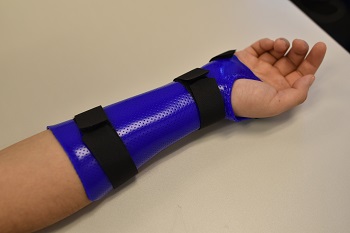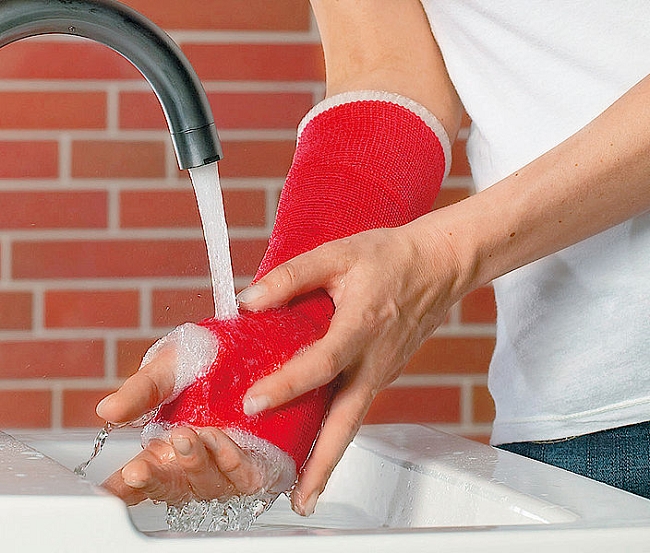




Health Information



Distal Radius Fracture
Common Wrist Injuries (I): Distal Radius Fracture
Mechanism of Injury
Injury usually occurs from falling on an outstretched hand.
Symptoms
Fractures are not always painful and often the patient can still move their wrists. Symptoms may include pain over the distal radius, swelling and bruising.
Diagnosis
X-ray is required to confirm the diagnosis.
Referral
If the fracture is stable, the patient should be referred immediately for a custom made thermoplastic splint or cast.
If the fracture is unstable and requires surgery for an open reduction and internal fixation, early referral usually within 3-5 days post surgery is good practice.
Management
Stable Fracture
- A custom made thermoplastic wrist splint or cast is usually required for approximately six weeks.
- Early oedema management and mobilisation of unaffected joints.
- Personalised exercise program to regain wrist movement and strength after removal of the splint/cast.
- Advice regarding precautions during the different stages of rehabilitation.
Post Surgery
- A custom made wrist splint is usually required for 4-6 weeks.
- Wound care including dressing changes and removal of sutures.
- Early oedema and scar management to prevent stiffness.
- Early mobilisation of the hand and wrist.
- Check distal radioulnar joint and TFCC integrity.
- Wrist and grip strengthening from 6-8 weeks post surgery.
Splinting
|
Wrist Splint |
Casting
|
Waterproof casting is available. Image Source: OrthoTape |






